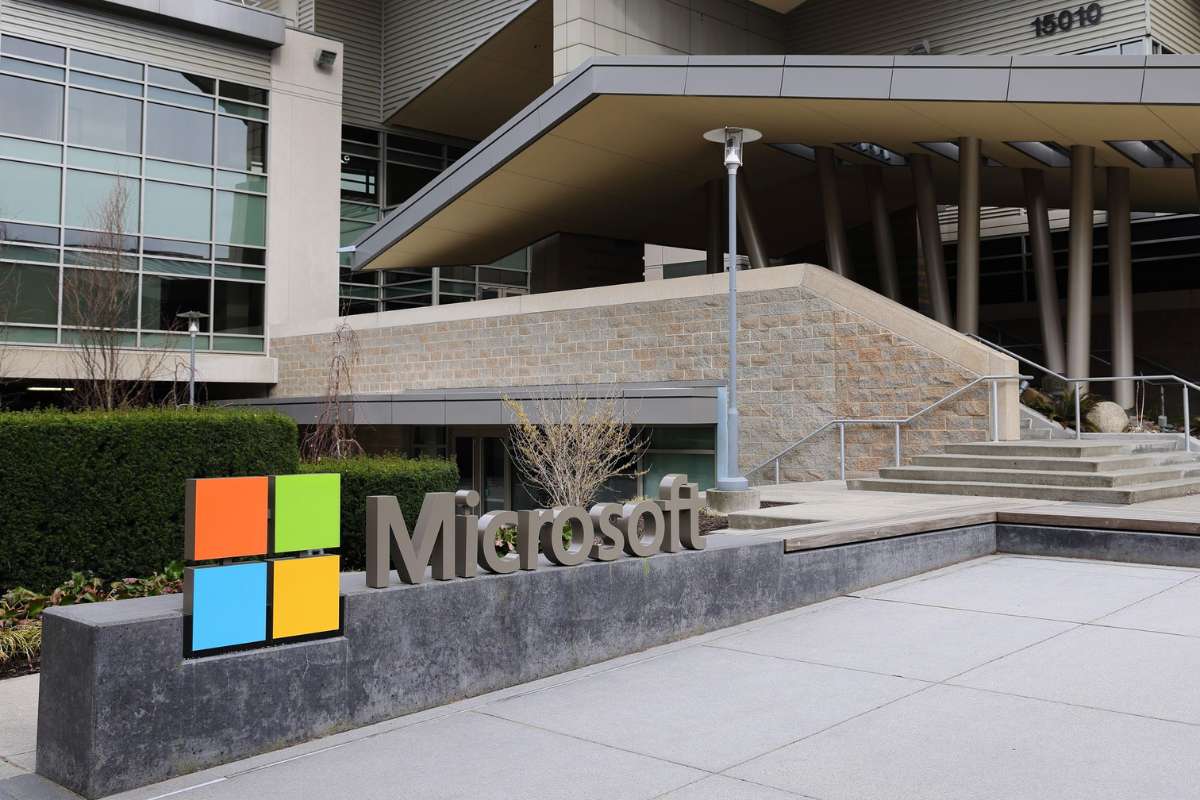(Source – AI-TechPark)
Organizations confront a formidable obstacle in the constantly changing field of cybersecurity: the persistent and complex nature of cyberattacks. Network integrity protection becomes critical as companies depend more and more on networked digital technologies. Among the arsenal of cybersecurity measures, Network Traffic Analysis (NTA) is one very potent technique. This article explores the importance of NTA and how, in the current digital era, it is essential for strengthening an organization’s cyber defences.
Understanding Network Traffic Analysis:
Network Traffic Analysis refers to the process of monitoring, reviewing, and analyzing network traffic to optimize performance, ensuring security, and detecting anomalies or potential threats. It involves the examination of data packets moving across a network, allowing administrators to gain insights into the behavior of users, applications, and devices connected to the network.
Network Traffic Analysis operates as a crucial mechanism in the cybersecurity realm, offering a comprehensive understanding of network dynamics. This process entails the continuous monitoring of data packets, examining communication patterns, and deciphering the interactions between various network entities. By delving into the intricacies of user behavior, application usage, and device activities, administrators can pinpoint vulnerabilities and strengthen security measures.
Furthermore, the insights derived from Network Traffic Analysis go beyond mere security concerns. They empower organizations to fine-tune network configurations, allocate resources efficiently, and enhance overall system performance, aligning digital infrastructures with the evolving demands of the modern technological landscape.
Enhancing Security:

The foremost role of Network Traffic Analysis is to fortify the security posture of an organization. By scrutinizing network traffic, cybersecurity professionals can identify and thwart malicious activities such as unauthorized access, data exfiltration, or malware propagation. NTA acts as a vigilant guardian, constantly monitoring the network for any unusual patterns or anomalies that may indicate a security breach.
In the face of ever-evolving cyber threats, organizations need to be proactive rather than reactive. NTA enables this proactive approach by providing real-time visibility into the network, allowing security teams to detect and respond to potential threats before they can cause significant damage.
Network Traffic Analysis serves as an indispensable tool in the ongoing battle against cyber threats, offering a proactive shield for organizations. Its continuous monitoring capability allows cybersecurity professionals to not only identify ongoing malicious activities but also predict and prevent potential threats before they escalate.
By providing real-time visibility into network traffic, NTA empowers security teams to stay one step ahead, adopting a preemptive stance against evolving cyber threats. This proactive approach is pivotal in the ever-shifting landscape of cybersecurity, where waiting for an incident to occur before responding is no longer an acceptable strategy. NTA positions organizations to anticipate, mitigate, and neutralize potential security risks, contributing to a robust and resilient security posture.
Incident Response and Forensics:
When a security incident occurs, a swift and effective response is crucial to mitigate the damage. Network Traffic Analysis plays a pivotal role in incident response by providing a detailed record of network activities leading up to and during an incident. This invaluable data aids in forensic investigation, helping cybersecurity professionals trace the origin, scope, and impact of the security breach.
By analyzing network traffic logs, security teams can reconstruct the sequence of events, identify the entry point of an attack, and understand the methods employed by threat actors. This information is vital not only for resolving the immediate incident but also for strengthening the overall security posture to prevent similar occurrences in the future.
Identifying Anomalies and Abnormal Behavior:

Every organization has a baseline of normal network behavior. Any deviation from this baseline can be an indication of a security threat. Network Traffic Analysis allows for the identification of anomalies and abnormal behavior that may signify malicious activity.
For example, a sudden surge in data transfer volume or a high number of failed login attempts may indicate a brute force attack. NTA tools can alert security teams to such anomalies in real time, enabling them to take swift action before potential damage occurs. By establishing a clear understanding of what constitutes normal behavior, organizations can leverage NTA to create more effective and targeted security strategies.
Compliance and Regulation:
In an era of increasingly stringent data protection regulations, compliance is a critical aspect of organizational operations. Network Traffic Analysis aids in achieving and maintaining compliance by providing the necessary visibility into network activities. By monitoring and analyzing network traffic, organizations can ensure that data transfer and communication align with regulatory requirements, avoiding potential legal and financial repercussions.
NTA assists organizations in implementing and maintaining security measures that comply with industry-specific regulations such as GDPR, HIPAA, or PCI DSS. This not only safeguards sensitive data but also establishes trust with customers and stakeholders by demonstrating a commitment to privacy and security.
Performance Optimization:

While security is a primary focus, Network Traffic Analysis also contributes to the optimization of network performance. By monitoring and analyzing traffic patterns, organizations can identify bottlenecks, optimize resource allocation, and enhance overall network efficiency.
NTA enables IT administrators to gain insights into the usage patterns of applications and services. This information can be leveraged to allocate bandwidth more effectively, prioritize critical applications, and streamline network infrastructure. As a result, organizations can ensure that their networks operate at peak performance, meeting the demands of modern digital workflows.
Conclusion:
Given the dynamic nature of cybersecurity and the ever-evolving threats it faces, Network Traffic Analysis is an essential part of any comprehensive defence plan. NTA enables organizations to keep one step ahead of cyber threats by offering real-time visibility, easing incident response, discovering anomalies, assuring compliance, and optimizing performance.
The need for network connectivity increases as companies adopt digital transformation. Network traffic analysis is becoming more and more important as businesses realize they need to take a proactive, all-encompassing strategy to cybersecurity. NTA acts as a sentinel, protecting digital spaces and guaranteeing the integrity and security of organizational networks in the face of ever-increasing cyber threats.






